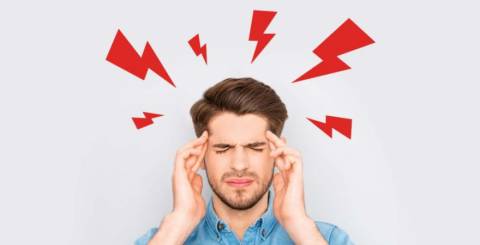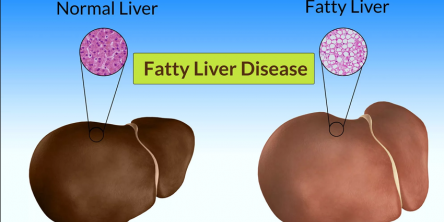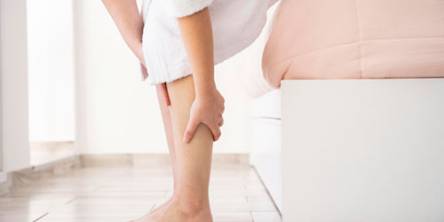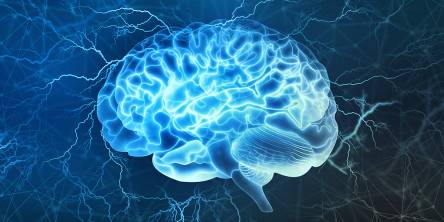7 Lifestyle Changes That Can Help Ease Your Headaches

We all have headaches at some time in our lives. It is understandable to feel pressure in the head after a hard day at work or before a deadline. However, other people face it on a daily basis. Persistent headaches might cause you to miss work and cause dramatic mood swings. This might also indicate an underlying health condition or lifestyle issues.
If you suffer from acute or chronic headaches, you may need to visit a neurologist to evaluate your condition. Additionally, it is critical to practice headache hygiene in order to lessen the chance, frequency, intensity, and severity of pain. Cutting back on or changing some behaviors may help to lower the chance of severe episodes. Here is a list of seven lifestyle changes that can help ease your headaches.
1. Be more physically active
Exercise is not only healthy for your body, but it is also excellent for your brain. The best lifestyle modification you can make to drastically lessen your headaches is to exercise. It is a natural stress reliever that reduces tension and produces feel-good chemicals called endorphins that suppress pain signals to the brain. To obtain maximum benefits, aim for 30 minutes of moderate activity five days a week, or 150 total minutes per week.
2. Limit medication intake
Excessive use of headache medication might have negative consequences. You are at risk of drug overuse headaches if you take pain relievers more than 2-3 days a week. If you find yourself seeking medications more frequently, seek help before you become trapped in this pattern. Your doctor can assist you in weaning yourself off the drugs that are causing the issue and begin you on a new treatment plan.
3. Stay hydrated
Even in people who don't usually suffer from headaches and migraines, minimal dehydration of 2% body water leads to a decrease in focus and cognitive function, as well as an increase in weariness. Water imbalance can enhance the chance of a migraine episode in persons who have heightened migraine sensitivity. Sufficient hydration is an effective migraine prevention method that patients may employ.
4. Sleep well
Do you get enough sleep? To rejuvenate the body, a good sleeping pattern should include at least seven to nine hours of sleep every night. Sleep aids in the maintenance of a healthy immune system, the prevention of anxiety and sadness, and the promotion of deep relaxation. If you suffer from insomnia, you're more likely to get migraines as well as other health problems.
5. Pay sufficient attention to your diet
Foods containing chemicals, such as MSG and artificial sweeteners, should be eliminated. You should also avoid both red and white wine since they contain sulfites and preservatives, which can induce migraines. Fasting and skipping meals are also major migraine causes. If you know that waiting too long between meals causes migraines, keep a few nutritious snacks (almonds, roasted chickpeas, vegetable slices, and fruit) on hand.
6. Reduce your environmental exposure
People who suffer from migraine may have lower thresholds and increased sensitivity to noise, scents, air pollution (chemicals, perfumes, smog), and visual stimuli. Although few studies demonstrate environmental factors, considering the significance of migraine impairment on healthcare expenditures and productivity losses, preventative steps can be adopted to decrease possible exposures at home, work, or school.
7. Improve your posture
Poor posture might increase your chances of getting a headache. Bending down your shoulders and sitting in sloppy positions can strain your head, neck, and shoulders, resulting in tension headaches. Sit correctly on a chair or table, not on the bed, if you have a sedentary job. Check your posture throughout the day as well. Keep your back upright, your laptop at eye level, and your shoulders straight.
Similar Articles
We often experience small discomforts or symptoms that seem insignificant, like headaches, fatigue, or brittle nails. Many times, we brush them off, thinking they’ll go away on their own. However, these minor issues might be your body’s way of telling you that something more serious is going on.
According to the World Health Organization (WHO), half to three-quarters of adult persons globally experienced a headache in the past year. Unfortunately, tension headaches are one of the most prevalent symptoms you can have. Furthermore, some tension headaches resemble migraine headaches, making matters worse.
The review of Yakrit Plihantak Churna is going to be amazing. You will know the facts, does it works along its benefits. The liver is the main engine of the body. It is the second largest gland in the body.
A podiatrist is a doctor who focuses on treating foot and ankle ailments. If you have specific medical issues, you may need to see a podiatrist for therapy that your primary doctor cannot offer. Don't overlook pain in your lower leg, foot, ankle, or toes.
A podiatrist is a medical expert who focuses on foot and ankle care. There are various reasons you may need to see one.
Swelling is a common issue that can strike anyone. Occasional leg swelling may occur after a long day on your feet or from sitting too long. However, if your legs are regularly swollen, it could indicate a serious underlying condition. Swelling can cause leg pain, loss of sensation, redness, and itching. If left unmanaged, it can lead to stiffness and difficulty walking.
Choosing the best aesthetic medicine courses will significantly boost your career. Medical professionals looking to expand their practice and stay ahead in the field of aesthetic medicine will find these training programs invaluable
Lower back pain is like a storm gathering over the horizon all day. The dull discomfort, the throbbing feeling, and the stiffness all add up until, like a thunderclap, it explodes into full-fledged pain. It penetrates your whole body, removing choice and control. Your mobility is restricted, making daily tasks difficult, and if not addressed, it can cause permanent damage.
Even though migraine affects over one billion people around the world, it has long been neglected as one of the most devastating diseases on the planet. Migraine headaches are a neurological disorder characterized by recurrent pounding or throbbing headaches, nausea and vomiting, and sensitivity to light, sound, and strong odors









